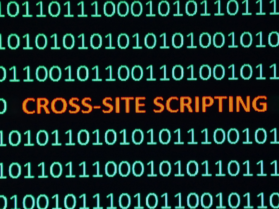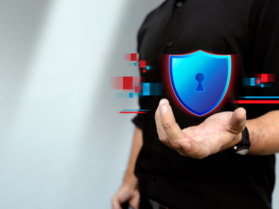Cyber security is an unavoidable phenomenon in current times. Considering the impact and risks, companies across borders are aiming to implement solid security strategies. Security operations, or SecOps, are highly recognized tactics for solidifying security practices.
Sources state that more than 1,636 cyber-attacks took place per week within the second quarter of 2024. IT service providers are among the worst-hit targets for attackers. Given such whopping numbers, companies have become more alert and have started prioritizing cyber security. Data also highlights that businesses have increased investment in cyber protection by 51%, which was barely 0.80% of their overall spending.
In this blog, we will learn about security operations and comprehend how they assist in limiting risks online.
What is SecOps?
SecOps combines IT operations and security to keep risks away while protecting assets. The methodology aims to establish collaborations within organizational units to make them stay aware of security measures. Moreover, the process enhances visibility within a company that strengthens security. To achieve these goals, security operations centers or SOCs are implemented. SOC assists in seamless monitoring and evaluation of vulnerabilities.
While tracing the inception period of security operations, we can trace the significant role of DevOps. DevOps has redefined how companies develop software nowadays by combining development and operations. In a similar way, security operations merge IT security and operations to offer advanced security, safeguarding IT assets.
What is a Security Operation Center (SOC)?
SOC is a dedicated unit for SecOps that manages assets and detects weaknesses. The facility functions 24*7 to support the IT infrastructure and security operations team. There are four broad SOC models, including virtual, hybrid, multifunction, and dedicated SOC. With consistent network monitoring, SOC safeguards every element within the IT environment.
Key Components of Security Operations:
SecOps establishes efficient security frameworks, uniting security efforts with technological aspects, such as-
Behavioral Detectors: Security operations utilize behavioral sensors or detectors, enabled with advanced analytics and artificial intelligence. This component assists in scrutinizing minor to major functionalities within the IT infrastructure, including users, software, devices, files, and servers.
Embedded Integration: SecOps integrates every natively available security applications and methods, such as firewall and sandbox, to identify and eliminate threats.
Security Automation: With the centralized operating system and automation, security operations activate faster risk detection and prioritization.
Benefits of Security Operations:
Proactive threat detection: Apart from identifying significant breaches, security operations can detect minor security risks in an IT environment and prioritize threats according to their intensity.
Security enhancement: SecOps enhances security parameters by integrating the key elements of DevOps.
Higher transparency: Security operations boost collaboration within units, making each functionality transparent.
Security awareness: Security operation teams ensure that every unit within a company understands possible threats and takes positive actions in case of risk identification.
Limited technical disruption: Security threats can create technical hindrances. SecOps’ ability to detect early threats can also reduce technical failure.
SecOps Best Practices:

Establish Robust Team:
A solid security operations team will be able to effectively carry out each functionality and strengthen security tactics. Therefore, it is important for companies to establish a robust team. Key positions in a SecOps team are Incident Responder, Security Investigator, and SOC Supervisor.
Offer Appropriate training:
Security goals and processes differ from one organization to another. Therefore, it is important to let the security operations team know all the necessary details for smooth operation. For this purpose, appropriate training is crucial.
Utilize Advanced Tools:
While implementing SecOps and solidifying security tactics, it is essential to leverage top-performing and efficient tools.
Address potential challenges:
Integrating technological elements such as AI and native tools, alongside keeping every element updated, can be a challenge in security operations. Hence, it is important to address such difficulties for successful implementation.
Concluding Remarks:
For a secure environment, companies should start investing in security operations. Technological integration is doubtlessly a vital component of this methodology, indicating that mechanisms like AI, ML, and automation shall play a significant role in efficient SecOps implementation in upcoming years, enabling early threat detection and faster responses.
Stay informed about the ongoing cybersecurity trends with our informative blogs.
Also Read:
What Do You Mean by Remote Network Security?
How Does Biometric Authentication Enhance Security Compared to Traditional Password Methods?





